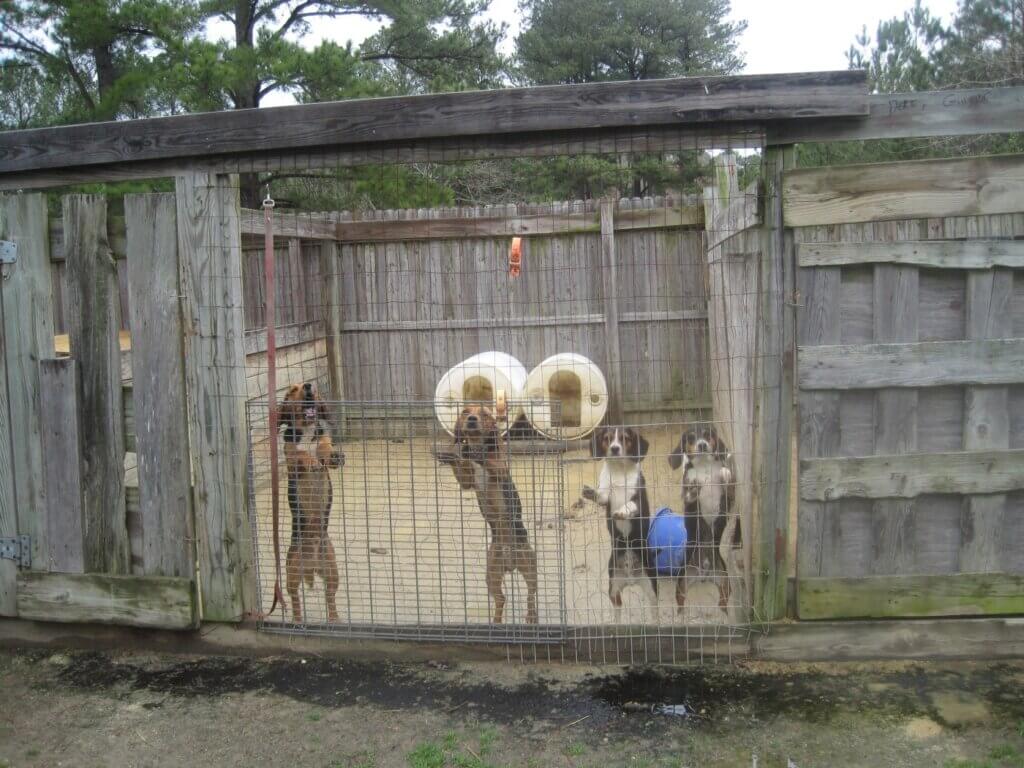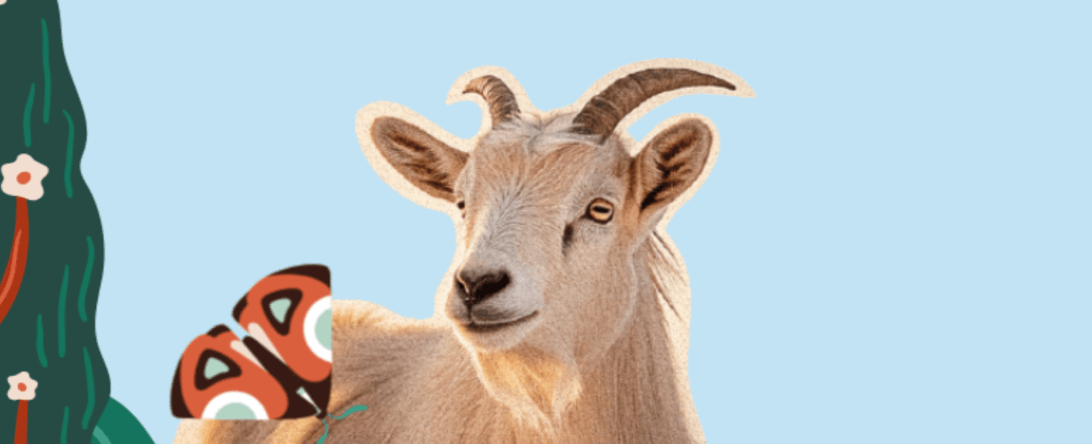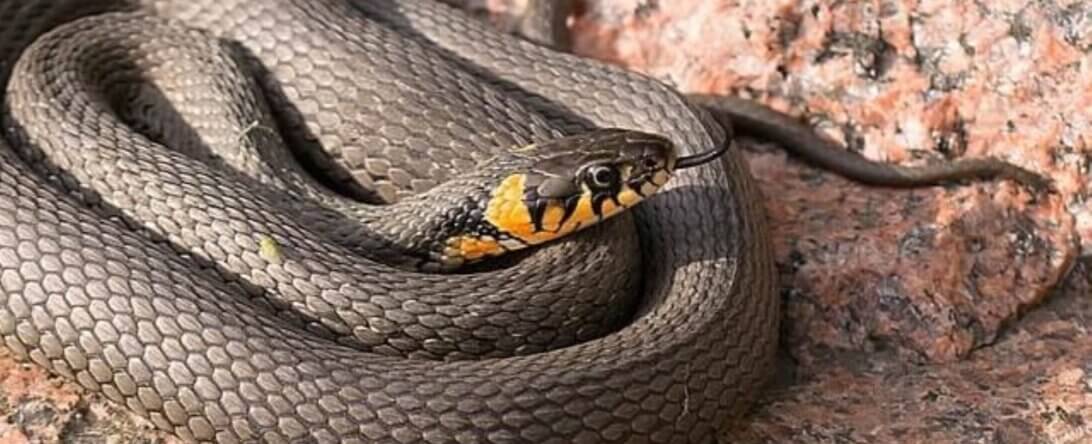What’s Wrong With Hunting?
Hunting may have been necessary for survival hundreds of years ago, but today, it’s nothing more than a violent form of recreation. It’s beyond creepy that some people stalk and kill animals just for the thrill of it. Here are eight reasons why we’re not here for it.
1. Hunting causes pain and suffering.
This violent form of entertainment rips families apart and leaves countless animals orphaned or badly injured when hunters miss their targets. Quick kills are rare—many animals endure prolonged, painful deaths when they’re hurt but not killed by hunters.
A study of 80 radio-collared white-tailed deer found that of the 22 deer who had been shot with “traditional archery equipment,” 11 were wounded but not recovered by hunters. A study also showed that 20% of foxes who are wounded by hunters are shot again. A South Dakota Department of Game, Fish, and Parks biologist estimates that more than 3 million wounded ducks go unretrieved every year.
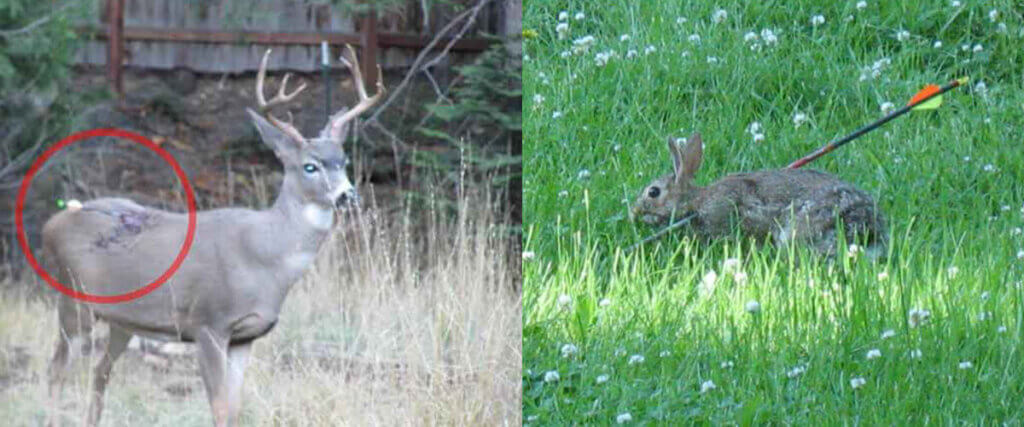
Unexpectedly losing a family member is tragic and painful, regardless of species. For animals such as wolves and geese, who mate for life and live in close family units, hunting can devastate entire communities.
2. It isn’t about conservation or population control.
In school, you might have learned about Charles Darwin’s theory of evolution and its primary mechanism, natural selection, which explains that the sickest and weakest animals are the most likely to be killed by natural predators, leaving the strongest animals to survive and pass their genes on. Human hunters, however, disrupt this natural balance because they prefer to kill the largest, strongest animals.
Even if a group of animals became overpopulated naturally, nature would work to regulate the population. Starvation and disease are tragic, but they are nature’s way of ensuring that healthy, strong animals survive and maintain the strength of their herd.
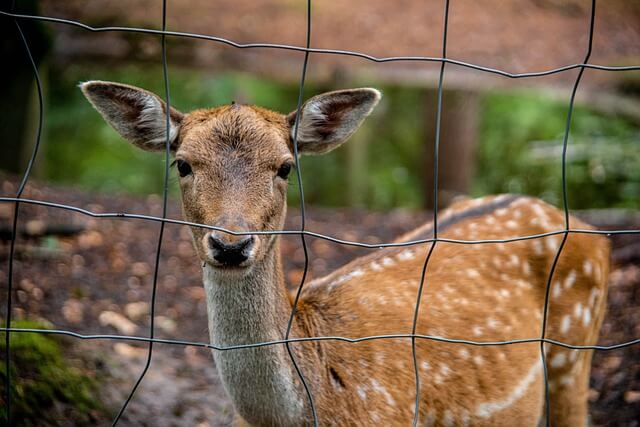
Because hunting isn’t an effective method of controlling deer populations, some wildlife agencies use other methods to keep deer out of unwanted areas and reduce breeding. Repellents, deterrents, and strategically placed fencing can encourage them to stay away from artificial and easy food sources, and when food sources are scarce, deer refrain from breeding and have fewer babies.
3. It’s not a sport.
In this video above, you’ll see an elephant wandering out of the bush into an area connected to Kruger National Park and American trophy hunter Aaron Raby shooting him in the head. The elephant falls to his knees and continues to suffer as Raby—who paid $30,000 for the sick pleasure of killing him—gets multiple instructions from his guides on aiming better and then, without any sense of urgency, shoots four more times, causing the animal to rumble in distress.
Sports involve competition between consenting individuals or teams and usually a referee. Hunters shoot animals with rifles, shotguns, or bows and arrows—weapons that no animal can outrun or defend against. Even when hunters obey laws and kill “free-range” animals, they always have an unfair advantage.
3. There are few regulations.
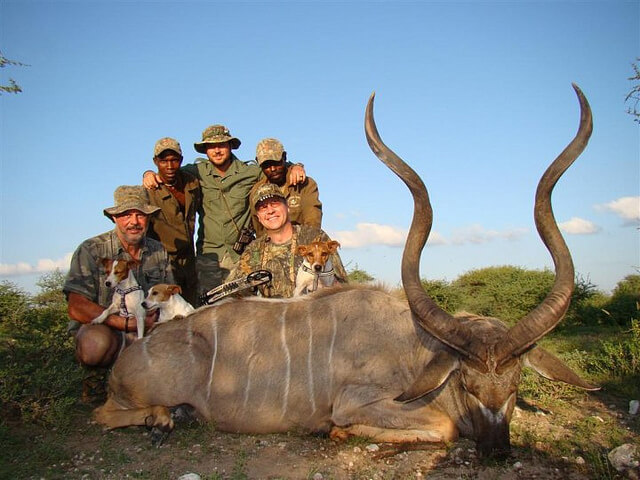
Most hunting occurs on private land, where laws that protect wildlife often don’t apply or are difficult to enforce. On private properties that are set up as for-profit hunting reserves or game ranches, hunters can pay to kill native and exotic species in “canned hunts.” These animals are hunted and killed for the sole purpose of providing hunters with a “trophy.”
5. It’s profit-driven.
Canned hunts are big business, but 40% of hunters also kill and injure millions of animals on public land every year. Most federal and state agencies that manage wildlife refuges, national forests, state parks, and other public lands are partially funded by hunting and fishing activities, so agency employees often go out of their way to encourage hunting, rather than regulating or policing it.
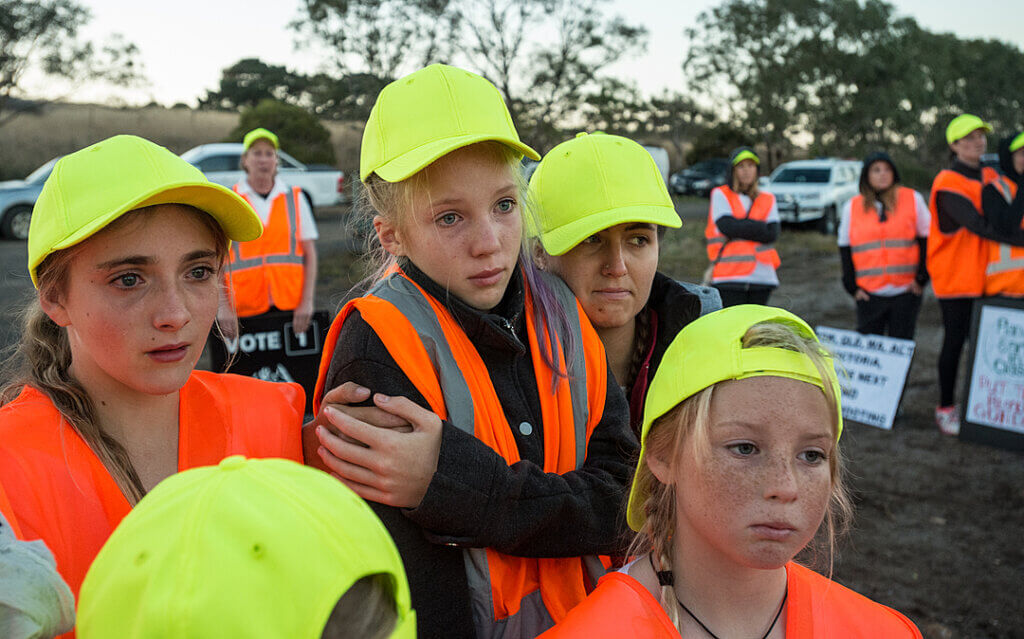
6. It claims other, nontarget victims.
Hunters risk being attacked by animals. You may have heard the story about two college wrestlers in Wyoming who were hunting deer and got attacked by a bear.
Hunting accidents often injure or kill horses, cows, dogs, cats, hikers, and other hunters. According to the National Shooting Sports Foundation, thousands of human injuries are attributed to hunting every year in the U.S. Hunters are at risk of being injured not only by other hunters but also by animals, who may see them as a threat and attack.
Dogs used for hunting also suffer. They’re often kept chained or penned and denied routine veterinary care such as vaccines and heartworm medication. Some are lost during hunts and never found, and others who are turned loose at the end of hunting season to fend for themselves die of starvation or get struck by vehicles.
7. Violence against animals can lead to violence against humans.
Nikolas Cruz apparently talked about using animals, including lizards, squirrels, frogs, and a neighbor’s chickens, for target practice before he massacred 17 people at his former high school. He also reportedly sent his dog to a neighbor’s house to attack the pigs there.
Like other forms of casual or “thrill” violence, hunting leads to dangerous desensitization to the suffering of others. Research in psychology and criminology shows that people who commit violent acts against animals rarely stop there, as many move on to target other humans. A study conducted by Northeastern University and the Massachusetts SPCA found that people who abuse animals are five times more likely to commit violent crimes against humans. The majority of inmates who are scheduled to be executed for murder at California’s San Quentin State Prison “practiced” their crimes on animals, according to the warden.
8. It’s unnecessary.
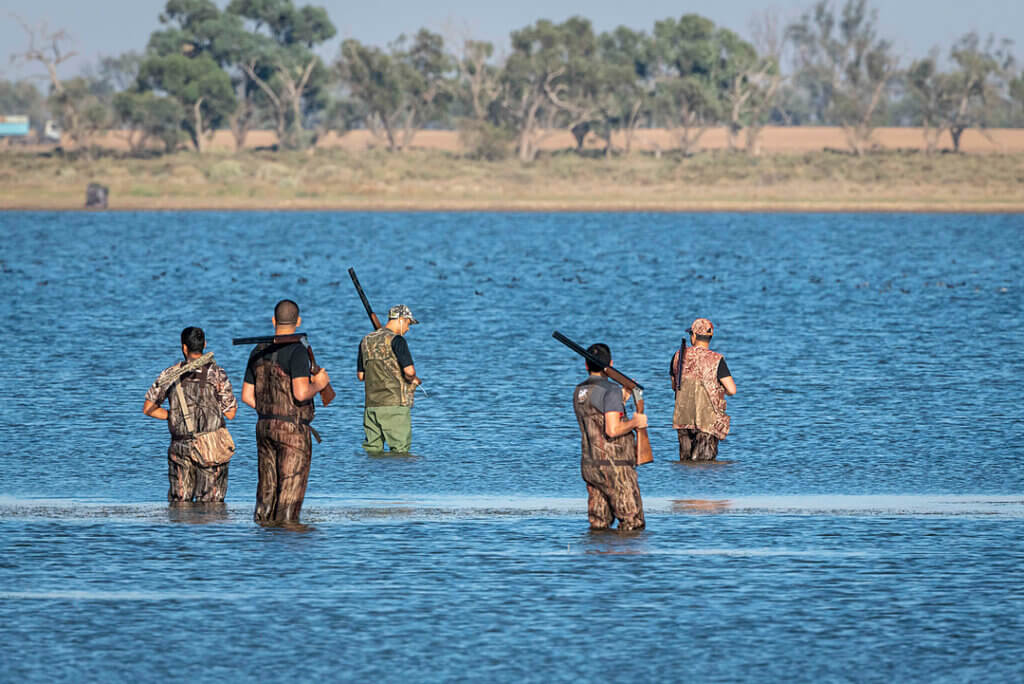
Hunters have a choice. With all the delicious vegan options out there, there’s no reason to kill animals to survive.
*****
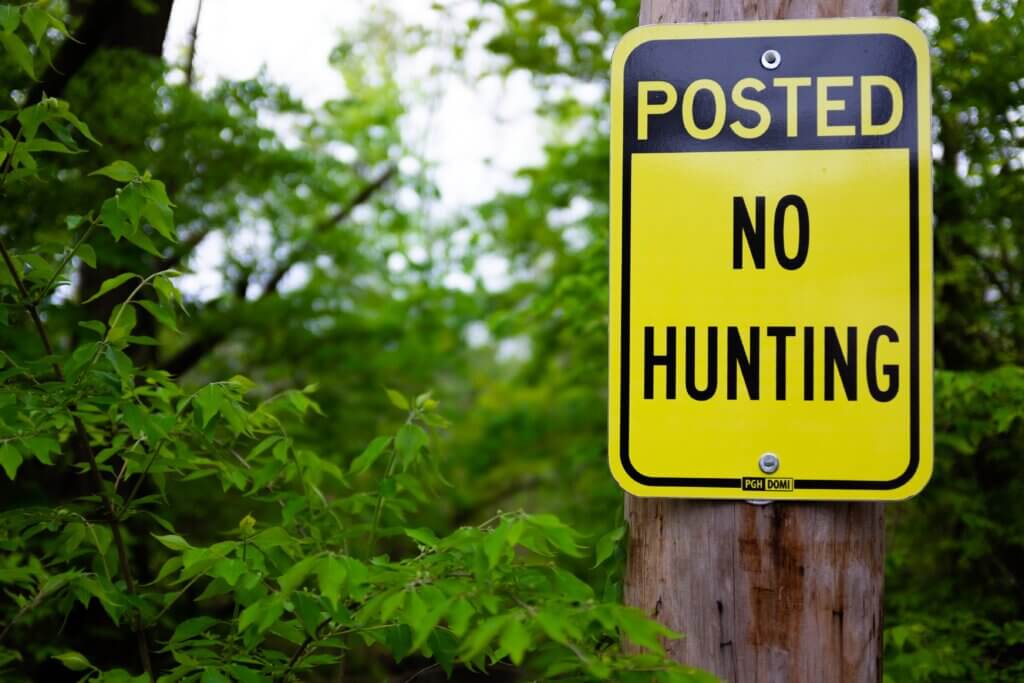
To combat hunting in your area, use school projects like presentations, research papers, or persuasive essays as an opportunity to educate; post “No Hunting” signs on your land; and protest organized hunts. Inform others of what’s wrong with gunning down animals for “sport” by printing these leaflets to hand out to friends and family.
If you need help or have questions, e-mail us at [email protected].
Text peta2 to 30933 for ways to help animals, tips on compassionate living, and more!

Terms for automated texts/calls from peta2: http://peta.vg/txt. Text STOP to end, HELP for more info. Msg/data rates may apply. U.S. only.

